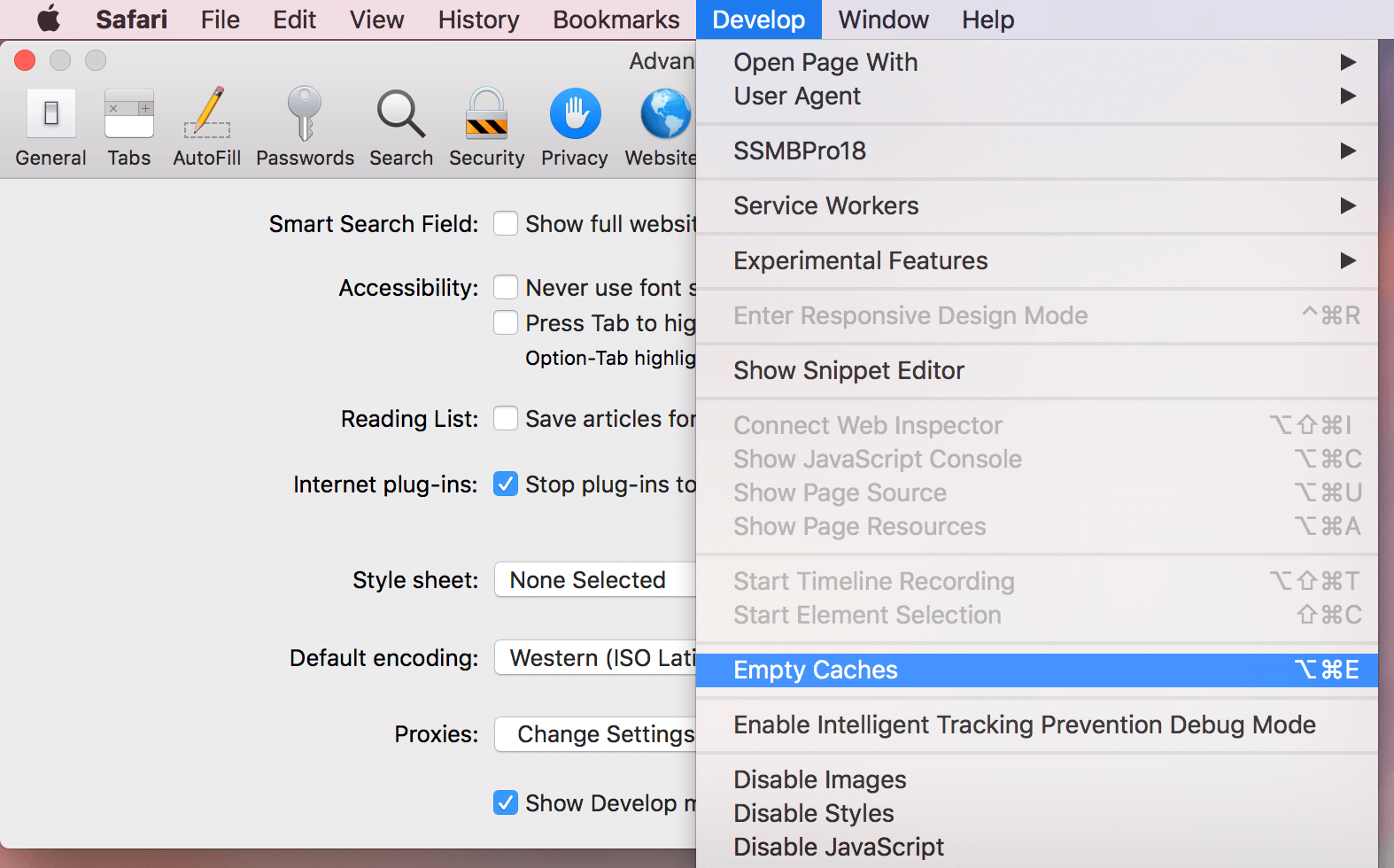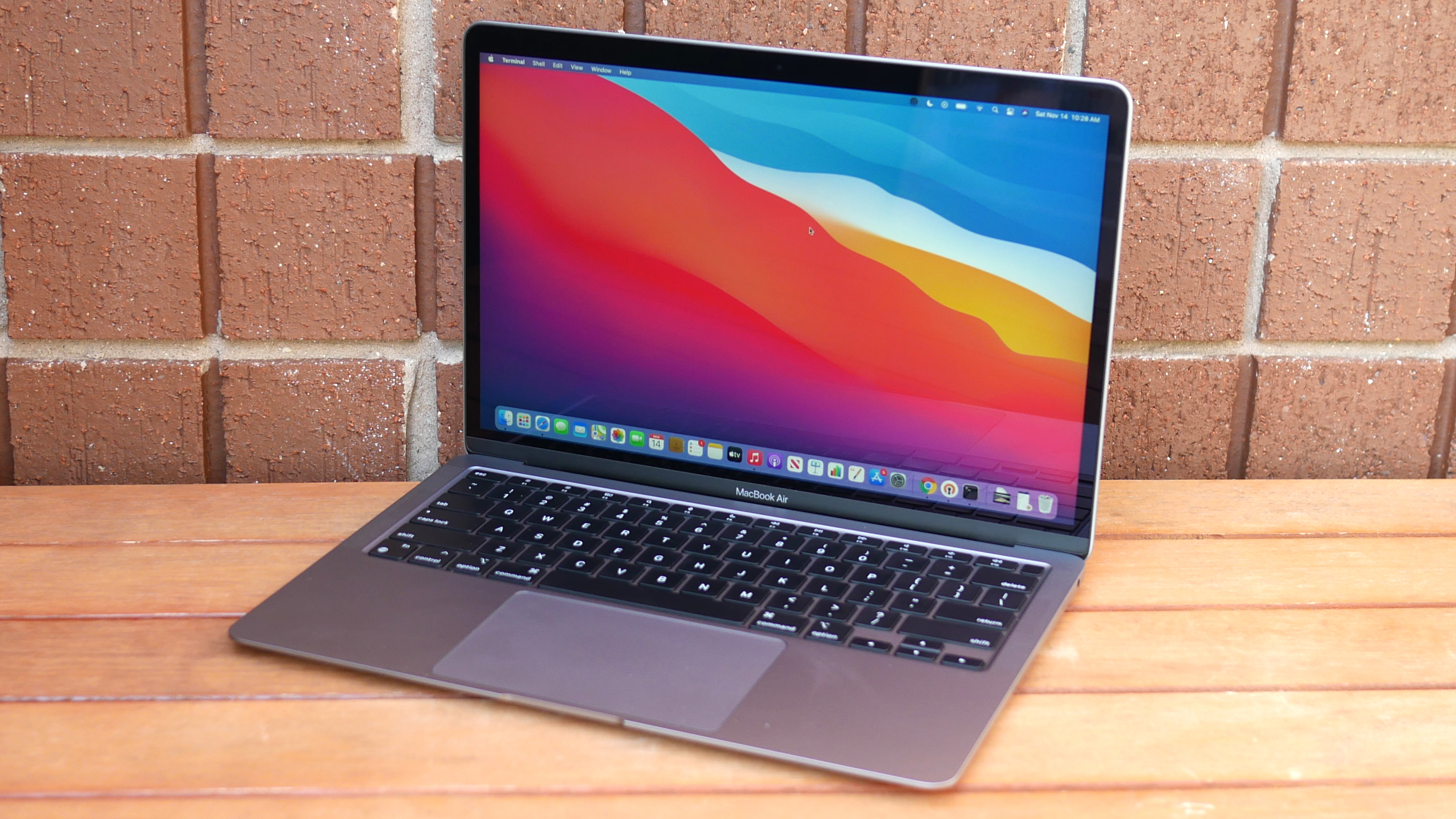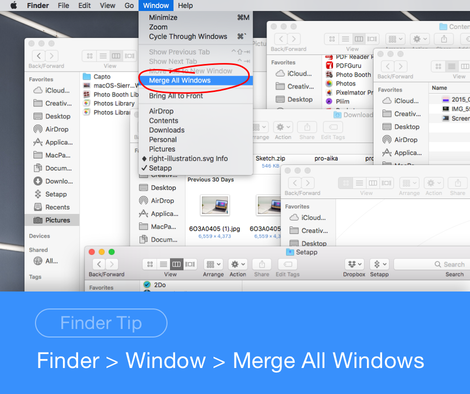- How Do I Clear Memory On My Macbook Air Computer
- How Do I Clear Memory On My Macbook Air 2
- How Do I Clear Memory On My Macbook Air Without
- How To Wipe My Macbook Air
- How Do I Clear Memory On My Macbook Air 10
There are mainly two reasons why you want to restore your Mac to factory settings and erase everything.
You want to erase your MacBook Pro/Air, MacBook, iMac to sell or give away the Mac.
Your Mac is running slow or having other problems so that you want to delete everything on Mac to start over.
It is not difficult to erase everything on a Mac and reformat the MacBook or iMac. But if you want to reset MacBook Pro/Air, iMac without losing data, or securely and completely wipe a Mac, there are a couple of things you should do. Just follow this guide to complete all the steps that are needed to securely and completely erase everything on Mac. Your Mac will be restored to factory settings after that.
This is how you check the storage on your macbook air. This is how you check the storage on your macbook air. Delete the 'Caches' folder's contents. Click the File menu item at the top of the screen, then click Move Items to Trash in the drop-down menu. The 'Caches' folder's contents will be moved to the Trash. If you receive an error telling you that one or more of the files can't be deleted, they're being used by a program that's currently open. Click the Erase button inside Disk Utility Select the Format pop-up window and choose Mac OS Extended Give your reformatted disk a name and click Erase to confirm your erasure You’ll now see a display begin to erase your MacBook Air’s drive and data. Another method to sort the issue is to install extra memory. However, you should do your homework first to find out if your Mac model supports RAM upgrades or not. Here’s a quick tip: if you own a MacBook Air, it’s a no-go. Some MacBook Pro laptops can be upgraded, but this only holds true for mid-2012 models and earlier.

Step 1: Back Up Your Mac Before Factory Reset
I believe that there must be some important files on your Mac. Therefore, it is a must to back up your files before erasing your MacBook or iMac. There are mutiple options to back up your Mac:
Move everything that are important to you to an external hard drive. It is time-consuming but feasible if you have limited documents, photos, videos, etc. that need to be backed up before erasing Mac.
Back up your files on Mac to a cloud storage, such as iCloud. Before doing that, make sure your iCloud account have enough free space.
Make a copy of your Mac data to an external hard drive with a backup program, such as Time Machine, Apple's built-in backup tool for Mac. Learn about the steps to back up a Mac: How to Backup Your Mac with or without Time Machine.
You can wipe a Mac without losing data by using one of the backup methods mentioned above. And to reduce the size of your Mac's backup and incease the backup speed, it is recommended to clean useless junk files on your Mac before a Time Machine or iCloud backup. FonePaw MacMaster can easily delete caches, logs, borwsing history, duplicate files and photos, large files, useless apps and more from your Mac.
How Do I Clear Memory On My Macbook Air Computer
Download
Download and run FonePaw MacMaster on your Mac.
Select the file type you want to clean, such as system junks, duplicate photos. Click Scan.
Click Clean to remove the junks you don't need.
Go ahead to back up your Mac. The backup will be finished more quickly, taking less space of your external hard drive or iCloud account.
Step 2: Completely Delete Private Files
Do you know that files on Mac are actually recoverable after factory reset? That's right. Even though you have reformatted your Mac and erased everything on Mac, it is still possible to recover the erased files on the Mac with a professional data recovery program such as FonePaw Data Recovery. If you have confidential files on your Mac and don't want to take the risk that somebody may find the files from the reformatted Mac after performing data recovery, you can use Eraser on FonePaw MacMasterto securely delete confidential files on your Mac before factory reset. The Eraser can erase the trace of a file on the hard drive and make it unrecoverable.

Install FonePaw MacMaster on your Mac.
Click Eraser and select the files you want to destroy.
Click Erase to make it unrecoverable.
Step 3: Turn off FileVault
FileVault encryption is an Apple built-in feature that is designed to encrypt your hard drive and files on the hard drive. It is recommended to turn off FileVault before reset and clean install macOS system. Here are the stpes to disable FileVault encryption.
Open System Preferences > Security & Privacy.
On the Security & Privacy window, click the FileVault tab.
Click Lock button and you will need to enter password of the administrator account the unlock FileVault settings.
After entering the password, you are able to click Turn Off FileVault. Click it.
All files on your Mac will be dencrypted after FileVault is off.
Step 4: Remove iTunes Authorization and iCloud Account
You don't want your iTunes or iCloud account to be linking to your MacBook or iMac if you decide to sell it or give it away. You can authorize only 5 computer with your iTunes account so you don't want to lose an allocation to a Mac that you no longer own. So before erasing your MacBook or iMac, you should first deauthorize iTunes and disable iCloud on your Mac.
How Do I Clear Memory On My Macbook Air 2
Deauthorize iTunes on Mac
Open iTunes on Mac.Click Account > Authorizations > Deauthorize This Computer.
You'll need to enter the password of your Apple ID. Then click Deauthorize.
Sign out of iCloud on Mac

Open System Preference > iCloud. Click Sign Out.A window will pop up, asking whether you want to keep a copy of your iCloud data on the Mac.
Deselect all the options and click Continue, which will ensure that your iCloud data won't stay on the Mac.
Also, don't forget that your iCloud account can also be used to receive iMessage. So run Messages, click Preferences > Accounts to sign out of iMessage.
Step 5: Erase MacBook, MacBook Air/Pro, iMac
After finishing the above steps, you are now offically able to wipe your MacBook, MacBook Pro, MacBook Air or iMac. You need to erase your Mac in recovery mode.
Enter your Mac into recovery mode
Power off your Mac and then reboot it. As it is rebooting, press and hold Command + R (Option + Command + R or Shift + Option + Command + R) until you see the Apple logo.
Generally you can use Command + R combination to enter the Recovery mode. If you need to upgrade you need to the latest macOS compatible with your Mac, use Option + Command + R; If you want to clean install the macOS that came with your Mac, use Shift + Option + Command + R.
Erase everything on your Mac
When you are in recovery mode on Mac, you will see the macOS Utilities menu. Select Disk Utility.
Select the disk to erase. To erase everything on your Mac, you usually should choose the main hard drive named Macintosh HD.
If the Mac is running High Sierra or later, Disk Utility will show all the Macs linked with your Apple ID under Macintosh HD. So be careful not to delete the drive of other Macs.
Click Erase. Then you need to enter name and format of the drive. You can choose either APFS or Mac OS Extended (journaled) to reformat the Mac. APFS is a new file system introduced by Apple since High Sierra, which is more recommendable.Click Erase to begin wiping everything on your Mac.
Step 6: Reinstall macOS on MacBook, iMac
After deleting everything on your Mac, you can now reinstall macOS. Go back to macOS Utilities menu. Select Reinstall macOS and follow the on-screen instructions to finish.
That's all about how to factory reset your Mac and erase everthing. If you have more question, drop it in the comment section.
“I have a MacBook Air and run out of space so want to remove all my photos, but how to do it?”
Deleting photos on Mac seems pretty easy, but there is some confusion. For example, is there any convenient way to free up space by managing photos? Are the photos deleted in the Photos or iPhoto app removed from your hard drives or iCloud account?
This article will explain everything you should know about deleting pictures on Mac. No matter you are trying to free up storage or battle duplicated photos, you can find what you want in this post.
Part 1. Delete Photos on Mac
Before deleting the photos on Mac for storage space freeup, you can check your Mac storage to see if there is enough space for Mac.
The Photos app is a photo library for Mac users. It has the capacity to import and sync all your photos and videos once your Mac connects to the internet. So, you can delete photos on Mac within the Photos app directly.
Step 1. Launch the Photos app on your Mac and go to All Photos tab from the left side bar.
Step 2. On the preview panel, you can preview the photos with thumbnails and then select unwanted pictures.
Tip: To select several contiguous photos, hold down the Shift key, select the first photo and then the end one. If you want to select multiple discontinuous photos, press the CMD key and click each picture.
How Do I Clear Memory On My Macbook Air Without
Step 3. Right click on any selected picture and select Delete Photos from the context menu. Or you can press the Delete key directly after selection.
Step 4. When the confirmation dialog pops up, click the Delete button to delete selected photos on Mac.
Note: If you worry about data loss, you can drag and drop the selected photos to the Trash icon, and then you can empty the Trash.
Part 2. Clean an Album on Mac
The Photos app on Mac is similar to the iOS Photos app. It is able to organize your photos in albums according to objects, date and more. Moreover, you are permitted to create albums manually. It is a quick way to deleted pictures on Mac too.
Step 1. Run the Photos app from your computer and find the album you would like to delete on the left navigation bar. Or you can create a new album and place all unwanted photos into the album.
Step 2. Right click on the album and select Delete Album on the context menu, or press the Delete button on your keyboard after selecting the album.
Step 3. When prompted, click the Delete button to confirm it. If you want to skip the confirmation dialog, select the album, and press the CMD + Delete keys at the same time.
Note: The Photos app will store the deleted pictures or album on Mac for 30 days. If you deleted important photos by accident, go to the Recently Deleted folder in the Photos app, select the photos and click the Recover button at upper right corner. Then your photos will go back to the original location. On the other hand, if you click the Delete [number] items button after selecting photos in the Recently Deleted folder, these photos will be deleted on Mac permanently.
Regret the deletion of photos on Mac? Check here to recover the deleted photos on Mac.
Part 3. Delete Photos on Mac Hard Drives
Deleting pictures on Mac manually is not convenient in some cases. For example, the Photos app cannot distinguish the duplicated photos or large photos. Therefore, you may need a professional photo eraser application for your Mac computer. Apeaksoft Mac Cleaner could meet all your need.
- Scan entire hard drives to look for similar or duplicated photos on Mac.
- Delete large or duplicated pictures on Mac computers with a single click.
- Utilize advanced technology to delete photos to prevent others from spying your privacy.
- Delete other data like messages, iMessages, music, videos, etc. from Mac.
- Offer extensive useful functionalities, such as monitor the status of your CPU, Memory and Disk.
- Available to all photo formats, including PNG, JPG, GIF, RAW, etc.
In short, Mac Cleaner is the best way to delete photos on Mac in various situations.
How to delete photos on Mac hard drives
Step 1. Install the best photo eraser for Mac
Download and install Mac Cleaner on your computer and launch it from the Application folder when you want to delete some unwanted photos from your hard drive.
Step 2. Look for unwanted photos on your hard drives
Delete large and old photos on Mac: Go to the Large & Old Files tab from the left ribbon and click the Scan button to start looking for large photos.

Delete similar pictures on Mac: Select the Similar Image Finder tab and click the Scan button to begin finding similar photos. When scanning is done, preview them and decide to delete unneeded photos.
How To Wipe My Macbook Air

Delete duplicated photos on Mac: The Duplicate Finder tool on the left sidebar is able to scan all duplicated photos on your Mac. Then you can delete them to free up space.
Step 3. Delete photos on Mac in one click
After scanning, check boxes next to the unwanted photos and hit the Clean button to remove them from your hard drives. Moreover, you can click the Rescan option at the bottom to perform a hard disk scanning again. That may discover more unwanted photos on Mac.
Note: Unlike the Photos app, Mac Cleaner will remove photos from your hard drive permanently once you click the Clean button. To avoid data loss, you’d better make a backup for your photos and then delete them as you wish.
Conclusion
How Do I Clear Memory On My Macbook Air 10
Based on our sharing above, you should understand how to delete photos on Mac. Apple has introduced a photo library into Mac, the Photos app. Within the app, you can delete one or some photos manually. Moreover, you are allowed to manage photos in album with the Photos app, which is a fast way to delete hundreds of photos at one time. Unfortunately, the Photos app is not perfect and lacks some features, such as discover the duplicated or large photos for deletion. That is why we recommend Apeaksoft Mac Cleaner. If you have more questions, please leave your messages below.
